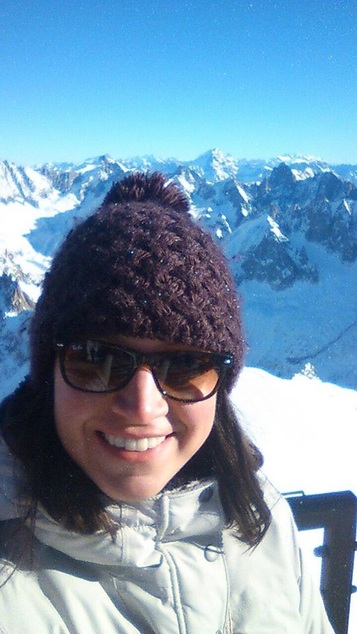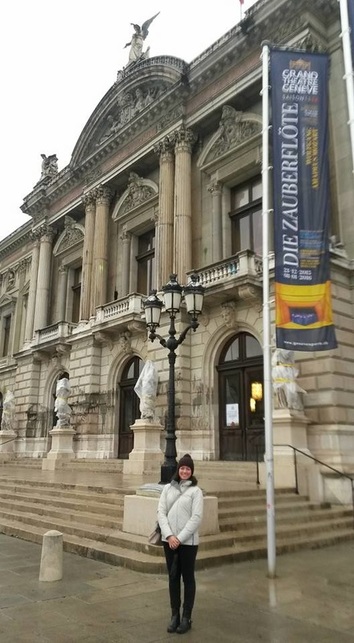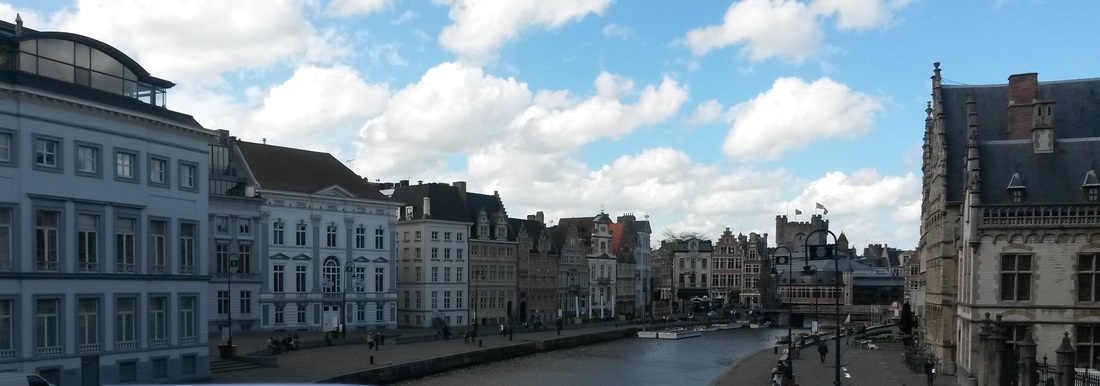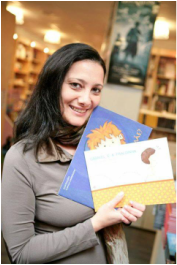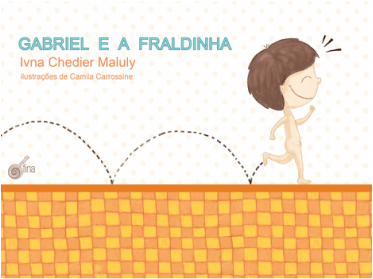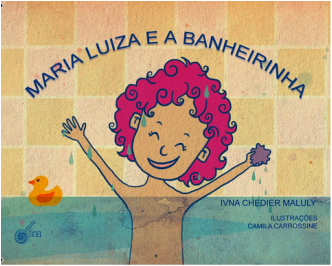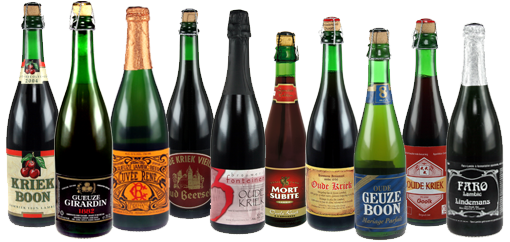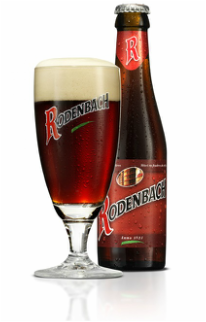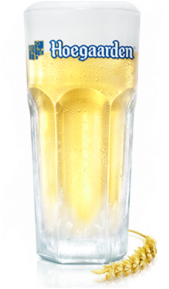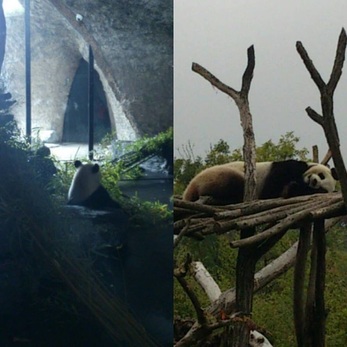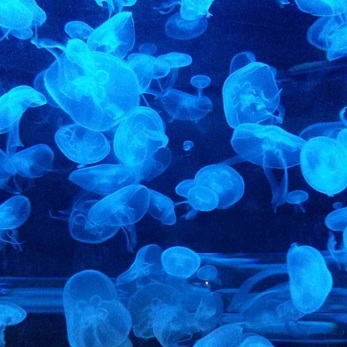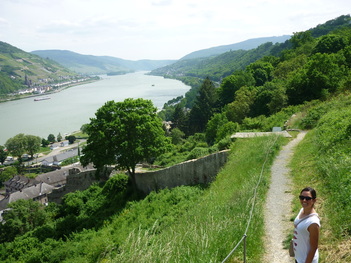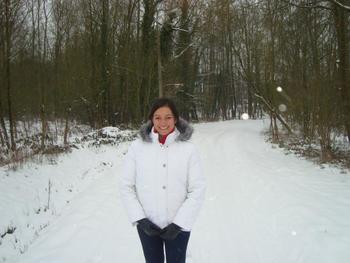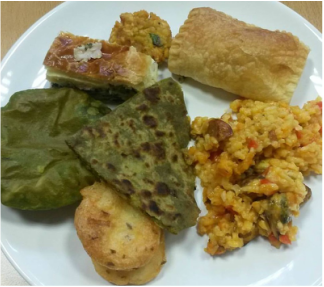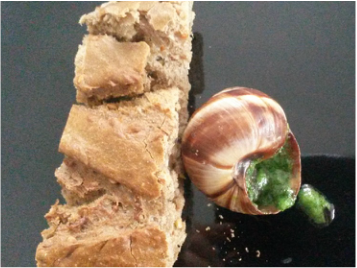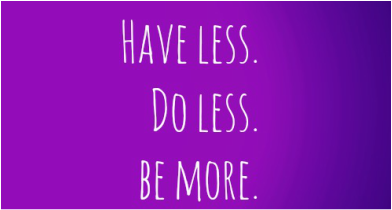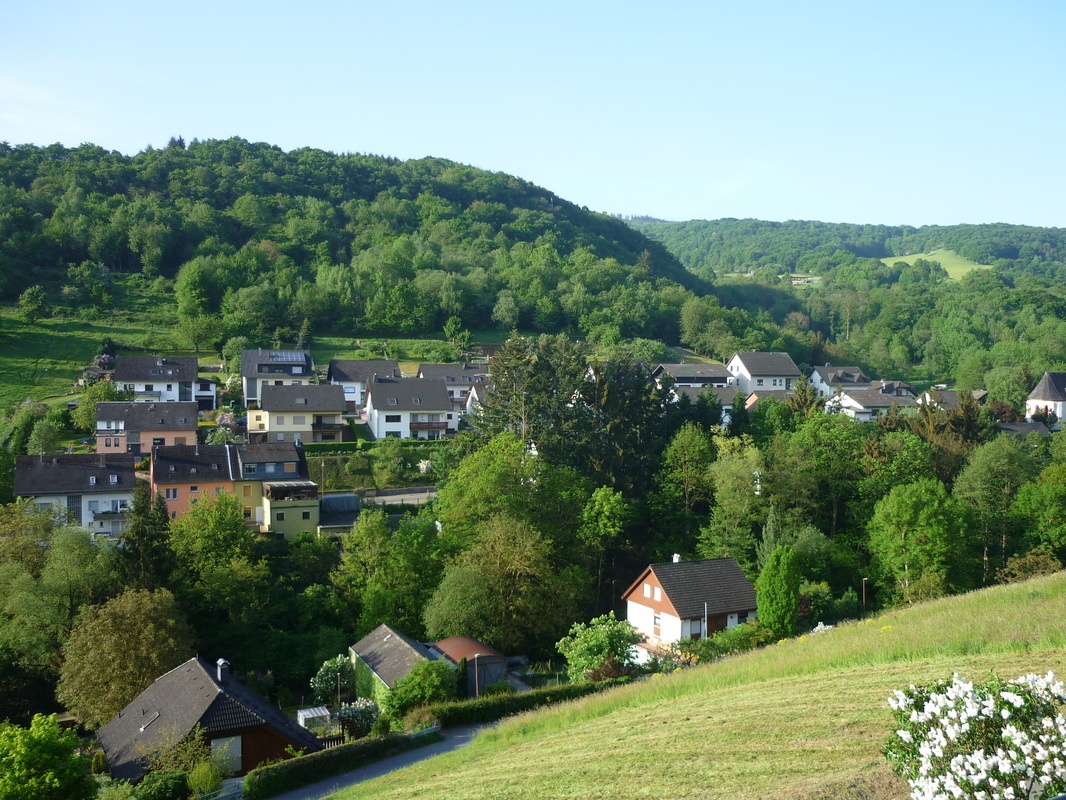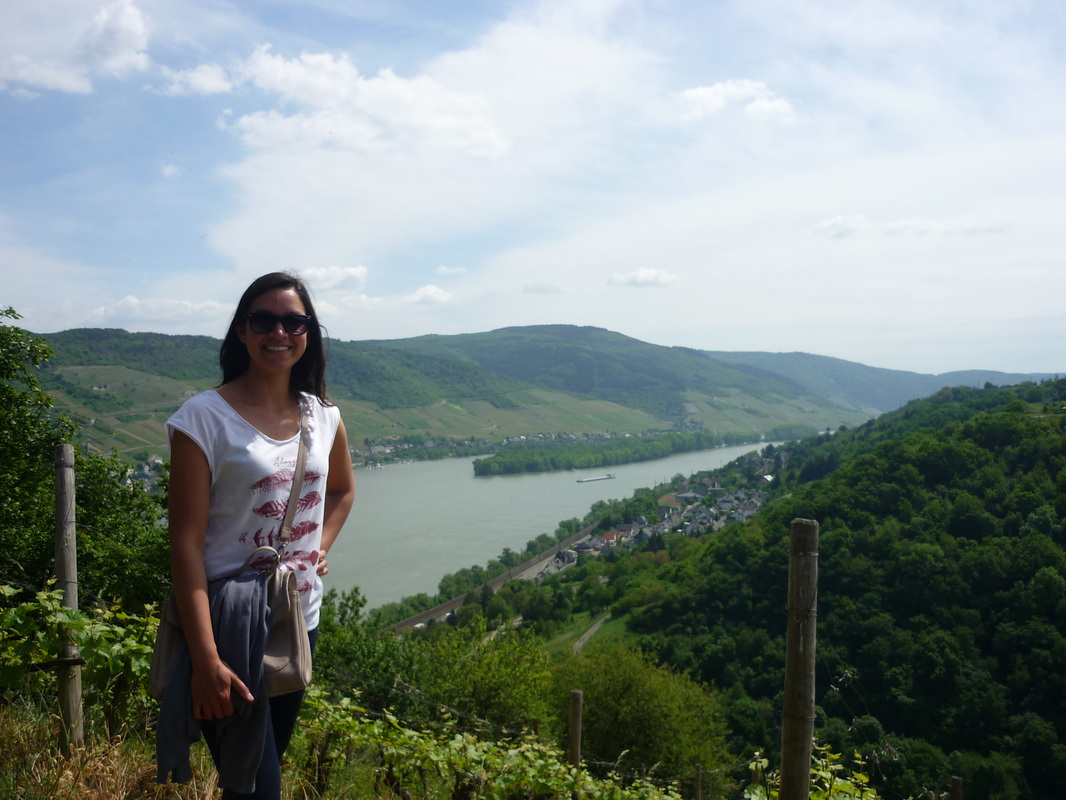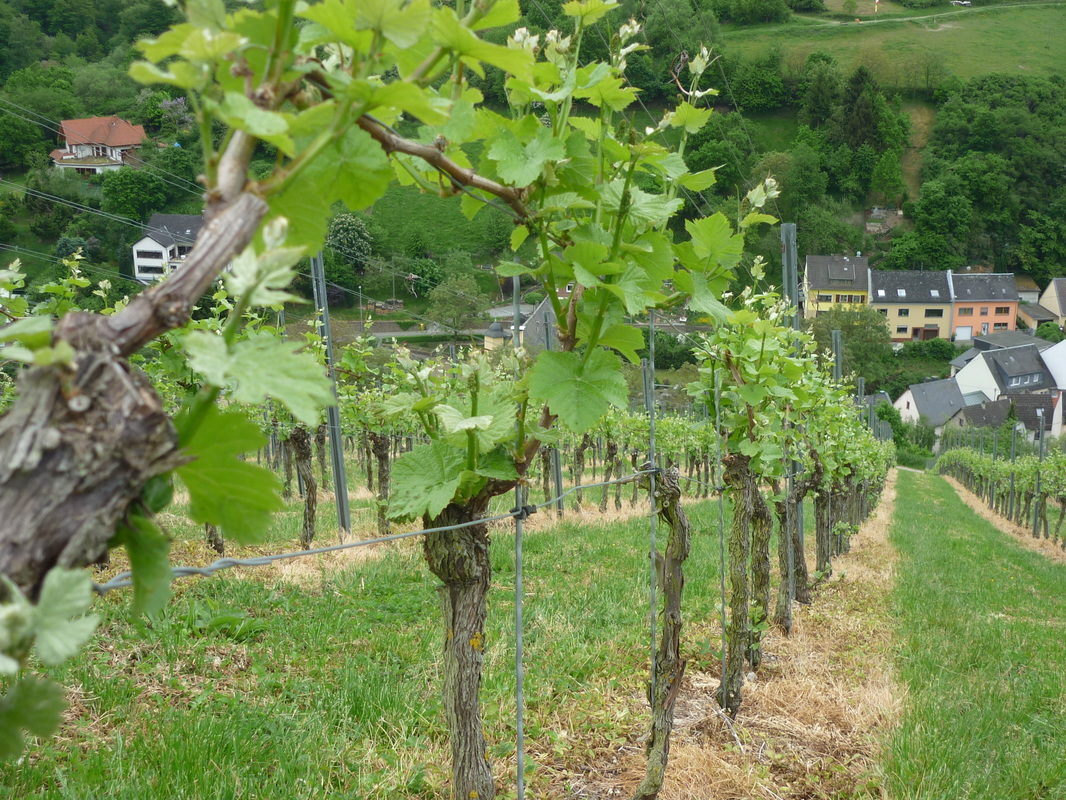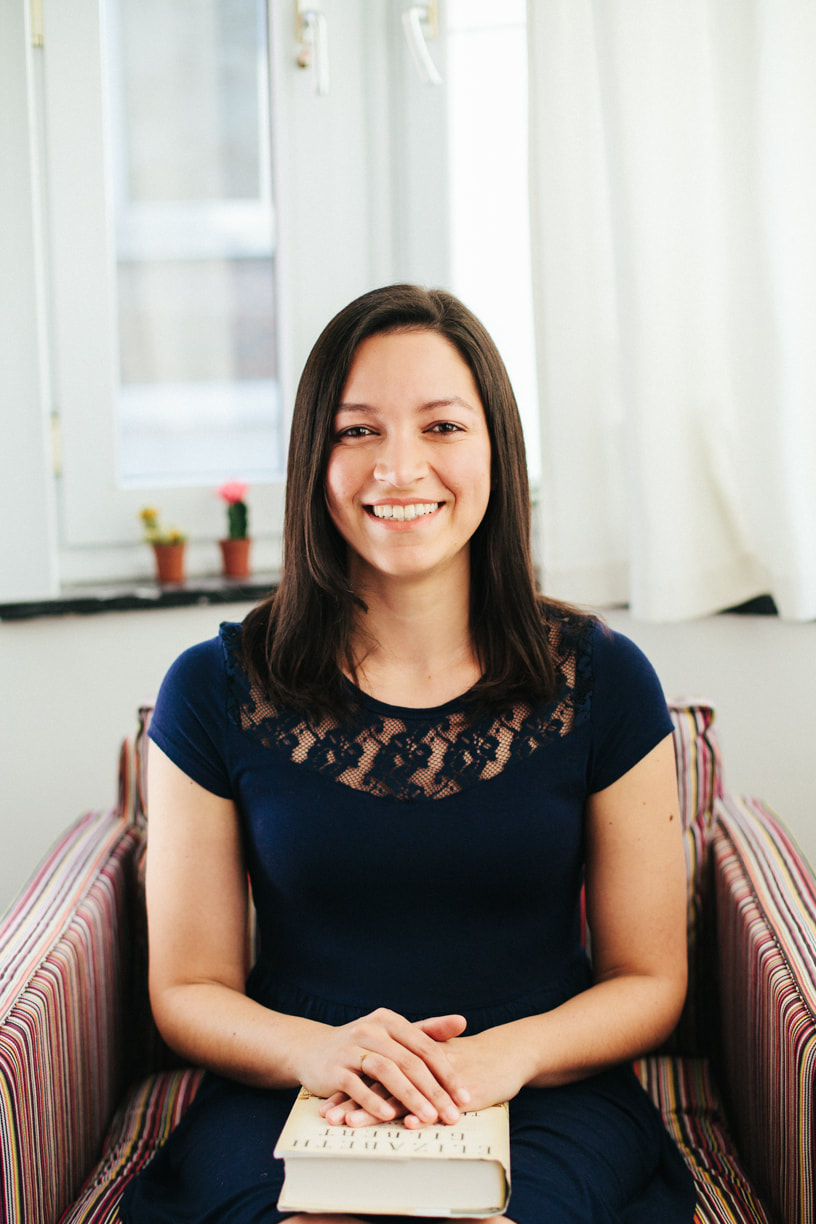First time in Switzerland. And the best part of the trip was visiting the Mont Blanc. In France.
Seriously, just look at that beauty:
Seriously, just look at that beauty:
No, we did not eat fromage fondue or Swiss chocolate.
Because we live in Belgium, you know, best chocolate in the world?
Just kidding, our Swiss francs were only enough to eat actual food. Like half a chicken, salad and the best potatoes for 15 bucks!
We also went to the opera for the first time and saw Mozart's The Magic Flute on New Year's eve. What an amazing spectacle!
Because we live in Belgium, you know, best chocolate in the world?
Just kidding, our Swiss francs were only enough to eat actual food. Like half a chicken, salad and the best potatoes for 15 bucks!
We also went to the opera for the first time and saw Mozart's The Magic Flute on New Year's eve. What an amazing spectacle!
Do you want a touch of magic in your life? Just add some nature and art.
How were your holidays?

